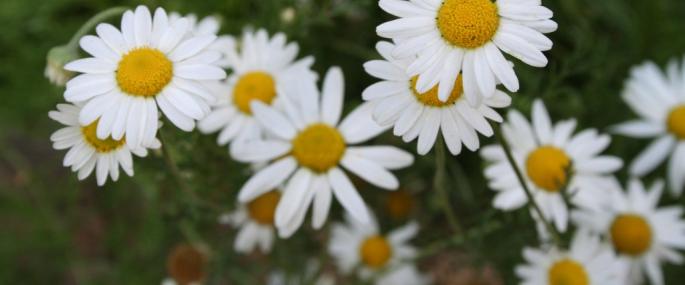Chamomile is often first noticed when crushed under foot as it releases a distinctive, apply fragrance. The smell of Chamomile, coupled with its cushion-soft feel, made the plant so popular in Elizabethan times that herb gardens often contained Chamomile lawns and seats. Chamomile flowers from June to August and can be found along coastal cliffs, in grasslands and on commons. Here, livestock keep its natural scrambling form is well-clipped, just like in the herb gardens of yesteryear.
Once found throughout the UK, Chamomile is now scarce and restricted mostly to the south and south-west of England; this is mainly due to habitat loss and the decline of livestock-grazing, particularly on commons. The Wildlife Trusts are working closely with farmers and landowners to promote wildlife-friendly practices. We have a vision of a 'Living Landscape': a network of habitats and wildlife corridors across town and country, which are good for both wildlife and people. You can support this greener vision for the future by joining your local Wildlife Trust.
